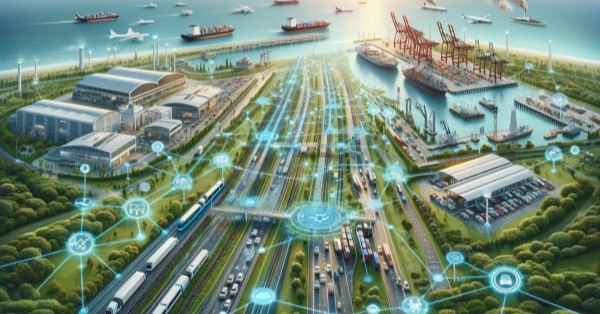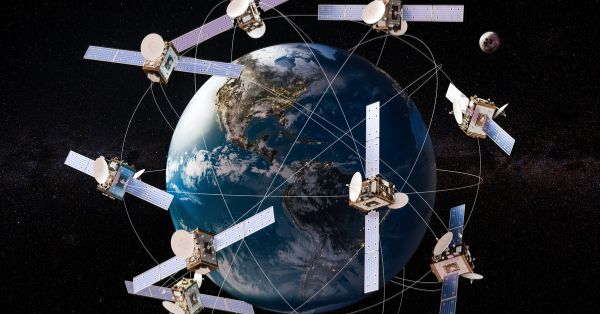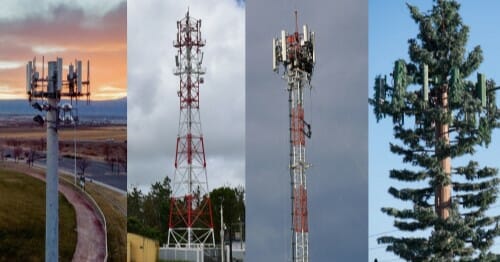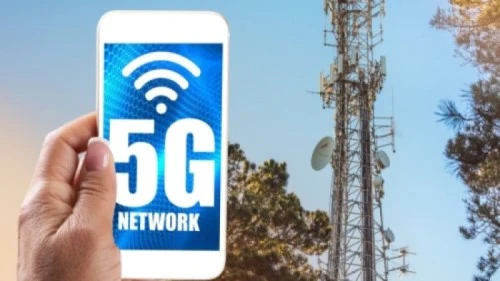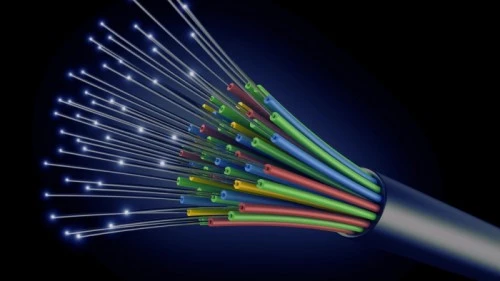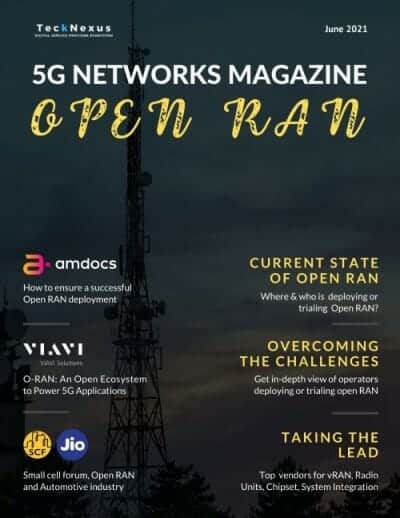The age of connectivity we live in is marked by an explosion in smart devices and data consumption, underpinned by rapid urbanization and technological innovations. This necessitates superior communication infrastructure, especially with the rise of 4K/8K video streaming, online gaming, VR/AR, and shifts in work culture prompted by COVID-19. Despite 4G/LTE networks serving us till now, they lack in terms of speed and latency for present needs. Ensuring low-latency is paramount for real-time communications, particularly in sectors like autonomous vehicles, healthcare, and finance. Integrating terrestrial networks (like 5G) with non-terrestrial networks (like satellites) presents a solution, but is challenged by technical, regulatory, and economic factors. Future advancements in satellite communication, including improved payloads and next-gen constellations, look promising. The synergy between 5G and satellite networks will shape the future of global connectivity.




